Samyang XP 14 mm f/2.4
5. Chromatic and spherical aberration
Chromatic aberration
The Samyang experiences some problems concerning the longitudinal chromatic aberration because the colouring of out-of-focus images is noticeable. Still that issue can hardly be called distinct and it will remain unnoticeable in real life photos. What’s more, on stopping down the aperture by about 1 EV the level of chromatic aberration decreases very sharply.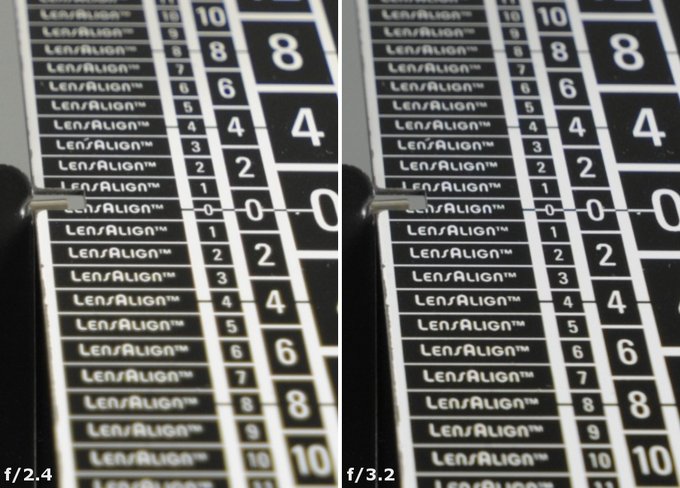 |
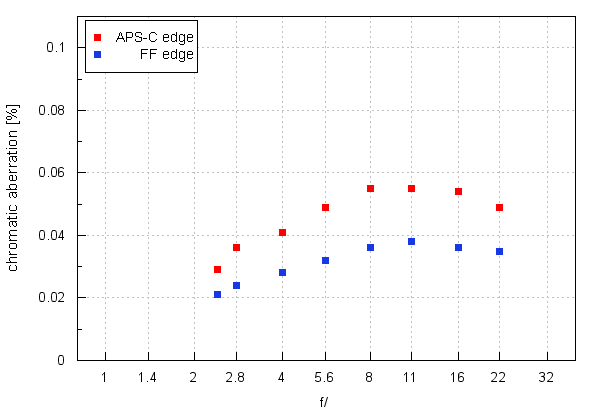
Please Support UsIf you enjoy our reviews and articles, and you want us to continue our work please, support our website by donating through PayPal. The funds are going to be used for paying our editorial team, renting servers, and equipping our testing studio; only that way we will be able to continue providing you interesting content for free. |
- - - - - - - - - - - - - - - - - - - - - - - - - - - - - - - - - - - - - - - - - - - - - - - -
As you see most values can be placed within the 0.02% - 0.05% range so they should be called low or even negligible. Such a performance is worth our praise because the parameters of this lens raised standards pretty high. It is also a significant improvement over the Samyang 2.8/14 which could have results of even 0.13% in this category.
| Nikon D3x, RAW, f/2.4 | Nikon D3x, RAW, f/11.0 |
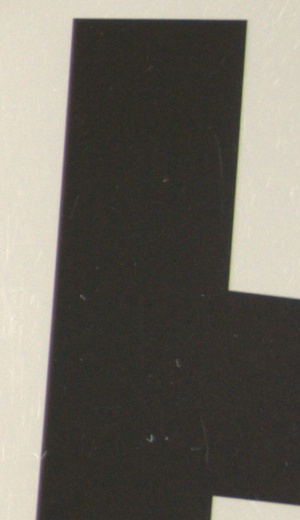
|
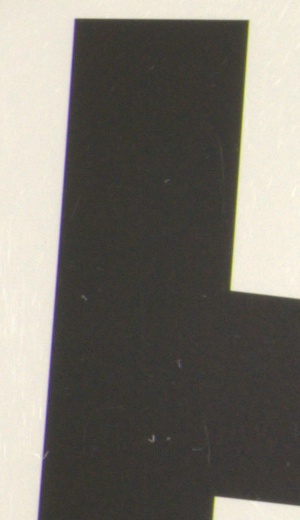
|
Spherical aberration
Looking at first photos of this chapter it might seem that, on stopping down the aperture, the depth of field was shifted toward the photographer. It might suggest some problems with spherical aberration.Circles of light presented below don’t clarify much; their dimensions are too small because of the parameters of the lens. Still the circle behind the focus seems to have a slightly brighter middle area.
| Nikon D3x, f/2.4, przed | Nikon D3x , f/2.4, za |
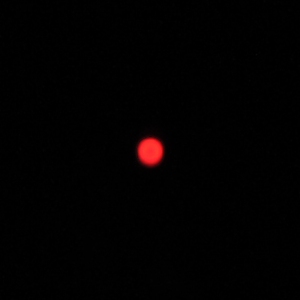
|
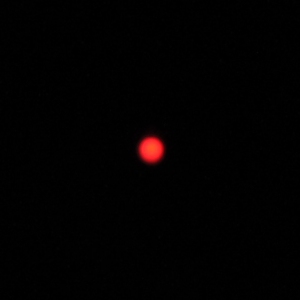
|
In order to get more unambiguous results we experimented with one of our testing charts. We set the focus by f/2.4 as precisely as it was possible; then took a series of photos, stopping the lens down but without moving the focus ring. In another series of shots we set the focus for every aperture anew. Below we compare both graphs including the results of our experiment.
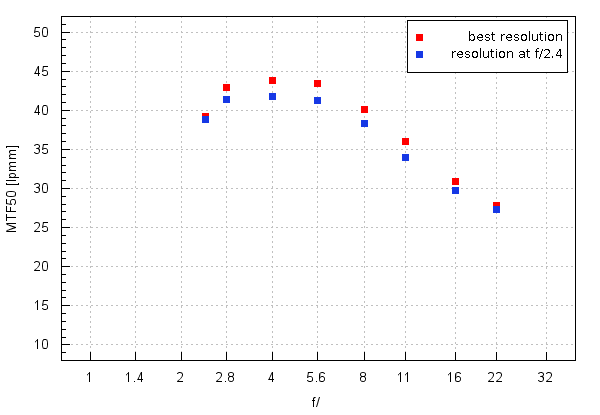
If the lens had no spherical aberration problems at all, both graphs should coincide with each other within the margin of error. Here the difference between them is visible even though it can hardly be called big. It makes us think that the spherical aberration of the Samyang 2.4/14 is not corrected in a perfect way and contributes to worsening of its performance near the maximum relative aperture.






